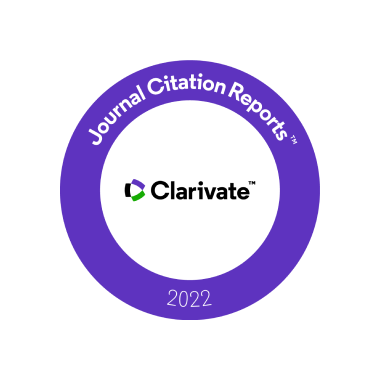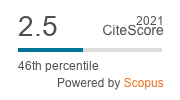Automatic 3D Mesh-Based Centerline Extraction from a Tubular Geometry Form
DOI:
https://doi.org/10.5755/j01.itc.45.2.12162Keywords:
3D, Centerline, Medial axis, Polygon Mesh, Skeleton, Tubular geometry, VerticesAbstract
This paper presents a new automatic 3D mesh-based centerline extraction (3D-MCE) algo-rithm, which allows an accurate extraction of 3D centerline from a tubular geometry form, without manned intervention. The 3D-MCE does not require any input parameters and works on polygon mesh vertices producing a thin, connected and centered centerline, without needing pre or post-processing stages. In order to extract the centerlines by 3D-MCE algorithm, several regular and irregular 3D surface meshes of medical anatomy models, generated either from real CT colonoscopy datasets or numerically, have been processed. The validation of the 3D-MCE has been done on models of generic helical tubular geometry forms, where several parameters have been varied: curvature, thickness of tubes and density of surface nodes. Results show that 3D-MCE algorithm statistically extracts accurately and efficiently the centerline of the tubular geometry structures, independently from the density of surface nodes, curvature and thickness. The precision of 3D-MCE algorithm is confirmed by a comparison with the well-known Voronoi diagram centerline extraction method.
Downloads
Published
Issue
Section
License
Copyright terms are indicated in the Republic of Lithuania Law on Copyright and Related Rights, Articles 4-37.





